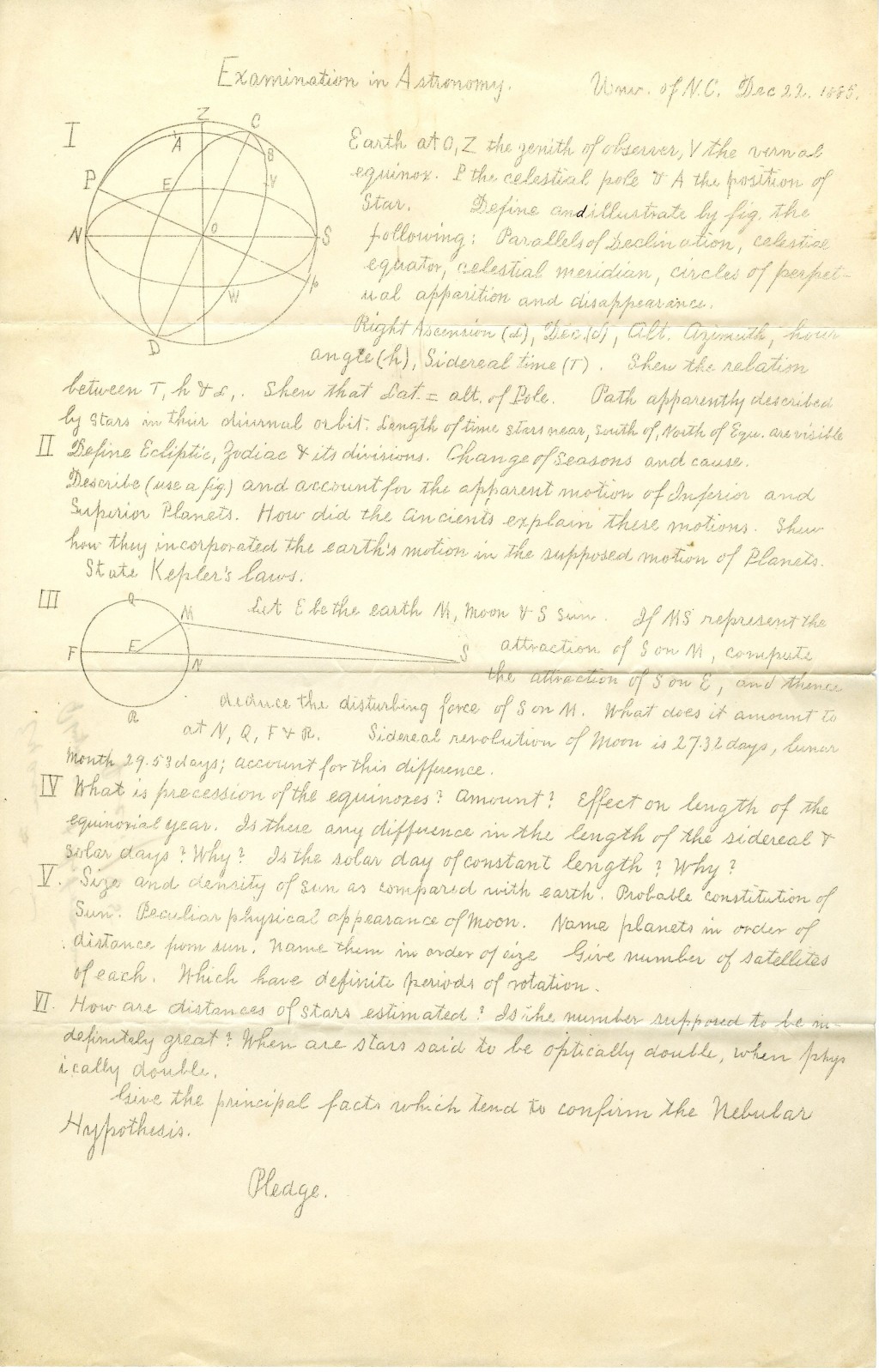
The year 2023 will witness a number of conjunctions between the planets, during which two planets will appear close to each other in the sky. Saturn will be in a position opposite the sun, allowing it to be easily monitored (NASA) Saturn will take this position in late August, Neptune in mid-September, and Jupiter in early November. In theory, this means the existence of this planet, the earth and the sun on almost one straight line. Mercury and Venus revolve in two orbits closer to the sun than Earth, which makes them disappear in the star's glow most of the time.Īstronomy amateurs will have the opportunity to watch them during their apparent distance from the sun, when they are in the so-called maximum elongation.įor this year, Venus will be the third brightest object in the sky after the sun and the moon, and it will reach its maximum elongation on the first of next June, according to a report published on the Stacker website.ĭuring this period, it will be brilliant after sunset, and in October it will appear bright in the east before sunrise.Īs for Mercury, it will reach its maximum elongation several times during the year, and it will show a bright yellow point at dawn in late January and next May and September.Īlso early April, August and December, and it can be seen at that time with binoculars after sunset.Īs for the outer planets, the best observation periods will be when they are in the opposite direction from the sun, and the earth is between them.

Here are the most important of these astronomical phenomena that you can enjoy watching in the sky during the year 2023.

The earth makes a complete revolution around the sun every year.ĭuring this space flight, several astronomical phenomena occur in our night sky, which make this trip fun and not boring.


 0 kommentar(er)
0 kommentar(er)
